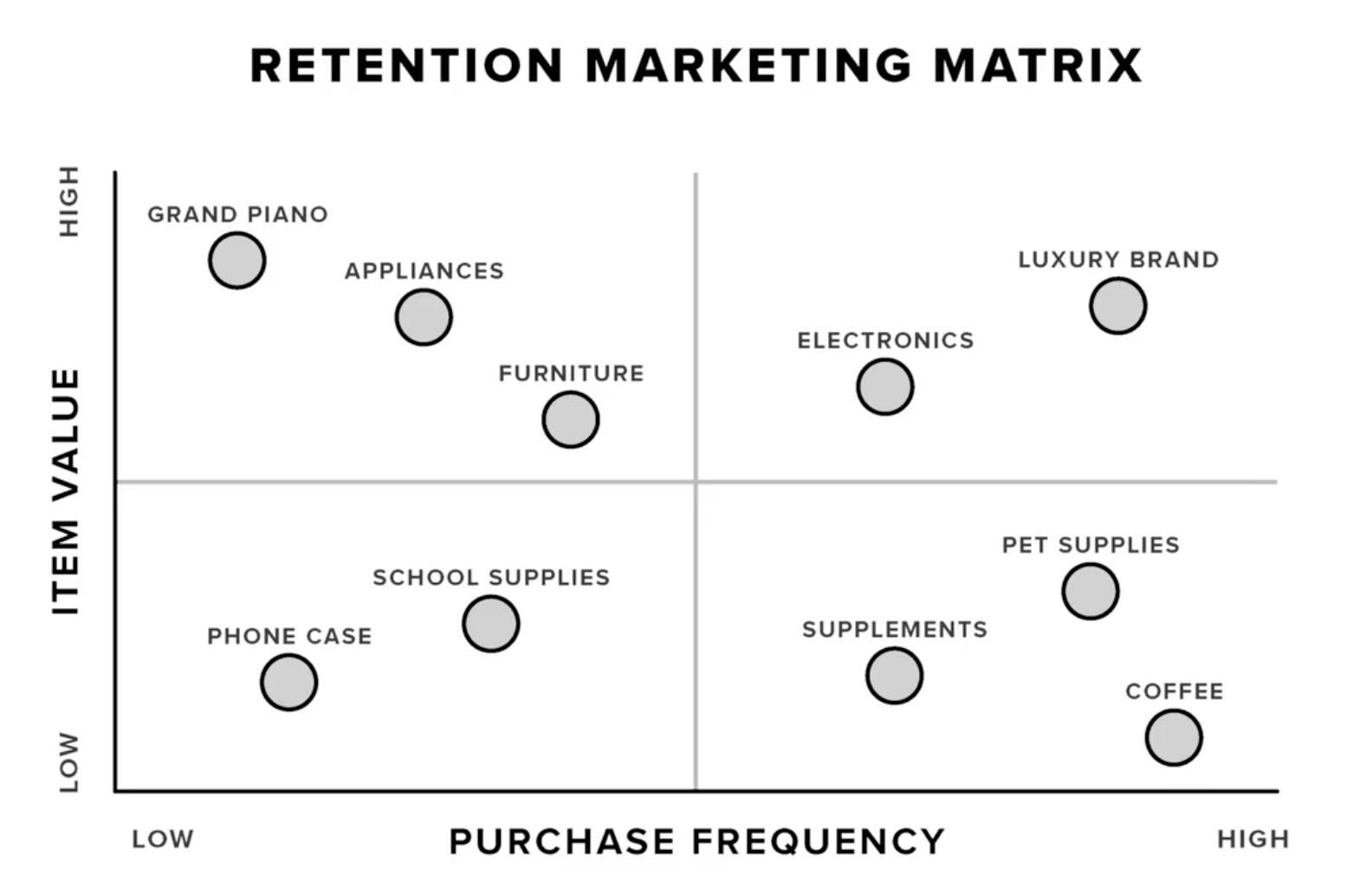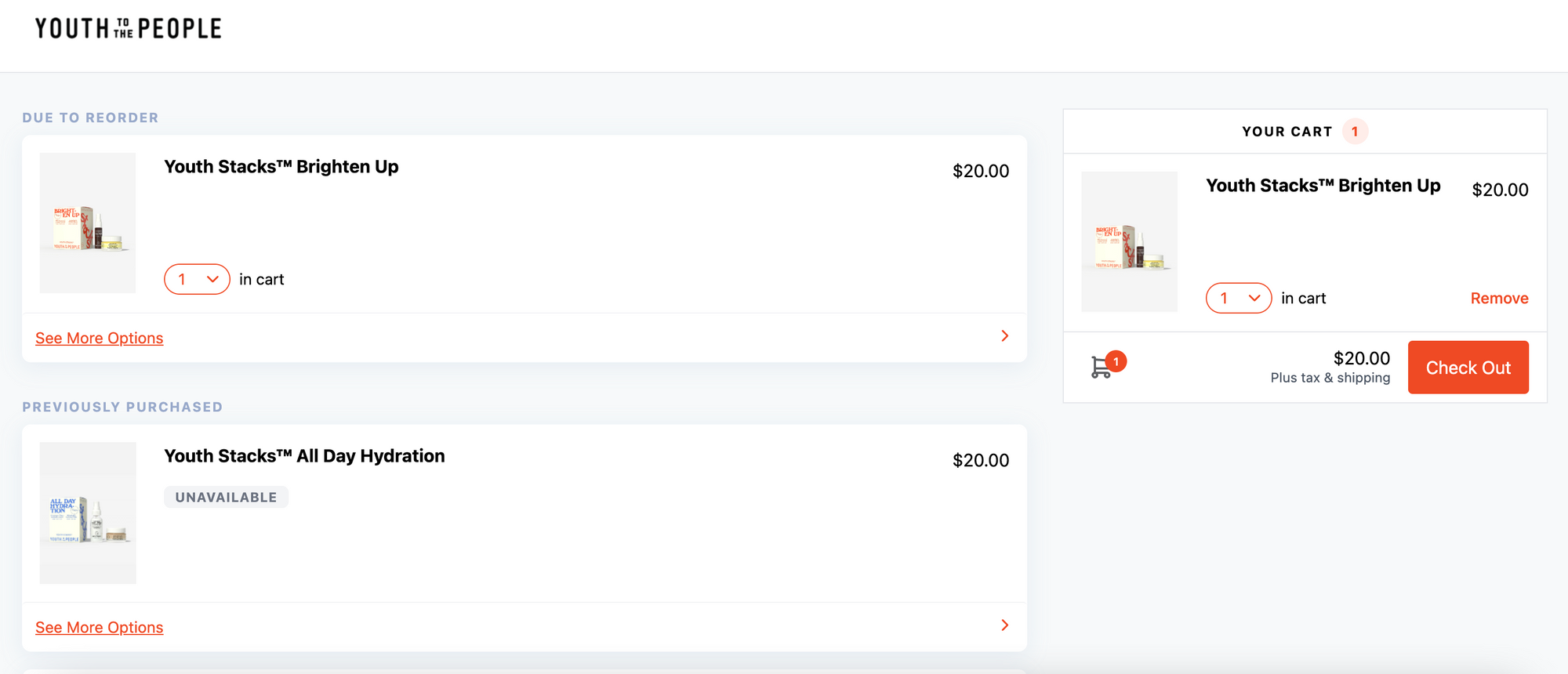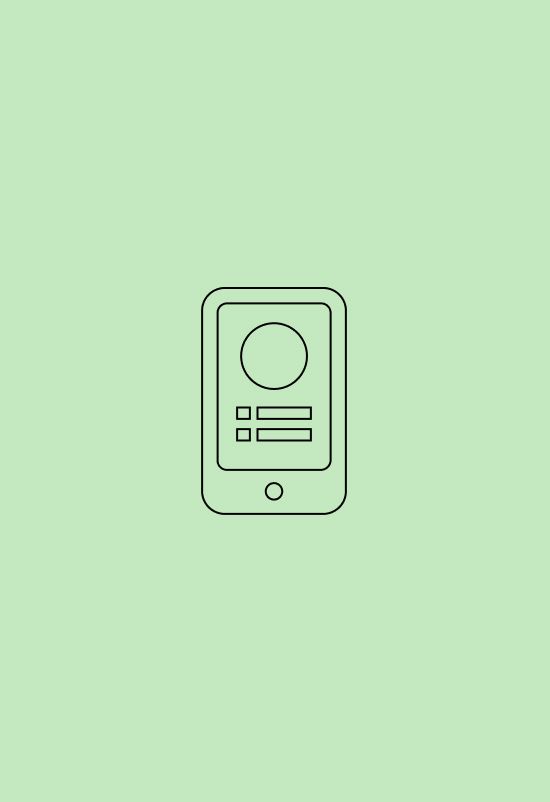Here's Alex Greifeld - Mythbusting old DTC retention wives' tales again.
Retention is one of the most talked about–and misunderstood–topics in marketing. The misunderstandings start with who participates in these conversations–typically they’re limited to marketers.
The truth: retention is actually a much broader topic that can benefit from attention from across a brand’s organization. So let’s bust this myth and uncover the full range of opportunities that brands have to improve their retention rates.
Retention Myth: Only Marketers Should Care About Retention
When you hear the phrase “customer retention”, what is the first word that comes to mind? If you’ve spent enough time in the DTC community, the answer probably involves “email”, “SMS” or “direct mail”.
Most retention discussions focus on what happens after the customer makes a purchase. This makes some sense, because marketing is often discussed in binary terms–you’re either doing acquisition (focusing on new customers) or retention (focusing on returning customers). Unfortunately, this perspective leads many brands to paint an incomplete picture of retention that leaves money on the table.
Learn more: Customer Acquisition vs Retention
One big misconception about retention is that only marketers can impact customer retention rates. This leads to the belief that the marketing team is the only team that should focus on retention. Another misconception is that retention marketers should direct most of their energy towards email and SMS, because those are the channels where “retention” takes place.
Why does this line of thinking leave money on the table? Because your retention efforts start before the customer has even heard of your brand. Post-purchase marketing is just one piece of the puzzle.

The entire customer journey plays a role in your retention efforts, starting with who you market to and what you sell, and ending with order fulfillment and post-purchase communication. This means that marketing is not the only team impacting retention rates–your finance, product development, customer experience and user experience teams all contribute.
Customer retention is driven by customer behavior, and much of your customers’ behavior is determined by their values, their level of disposable income, and how they interact with your product category. Your product and audience define a range of possible outcomes. Every component of your customer experience can nudge you towards the top or bottom of that range.
Retention Fact: Retention is a Team Sport
Customer retention should be top of mind for everyone working within a brand because almost everyone can do something to improve it. Here are a few of the factors that influence a brand’s retention rate:
- Product
- Price
- Customer Type
- Pre-Purchase Marketing
- Web Experience
- Ease of Reordering
- Fulfillment & Unboxing
- Post-Purchase Marketing
- Customer Care
1. Product
The way people use a product has a major impact on the repurchase cycle. Products that run out have shorter repurchase cycles. People are going to be more likely to repurchase a candy bar they really enjoyed than a sweater that will last at least a season.
2. Price
Lower prices lead to greater purchase frequency. Your customers have a limited amount of disposable income. Sometimes they simply can’t afford to return for a follow-up purchase if you’re selling something expensive.
3. Customer Type
Demographics and psychographics influence how many purchases a customer is willing to make with you. Higher levels of disposable income make repurchase more likely, as does a high level of enthusiasm or emotional investment in your product category.
4. Pre-Purchase Marketing
Marketing influences consumer perception of your brand, as well as the type of customers who purchase with you. High quality customers who have been thoughtfully pre-sold are more likely to repurchase and remain loyal.
5. Web Experience
People may overlook a poor web experience one time if your brand is getting a lot of hype. But a frustrating website will become a barrier to future orders.
6. Ease of Repurchase
If your reorder experience is a standard eCommerce path to purchase–homepage, product page, cart, checkout–returning customers are likely to procrastinate. They may procrastinate for so long that they forget about you entirely. Repeat solves this problem by sending your customers an email or SMS reminder to repurchase with a link to a pre-loaded shopping cart (like this one):

7. Fulfillment & Unboxing
Your customers will be more likely to re-order shipping and fulfillment times are short, timing is clearly and accurately communicated, and the unboxing experience is memorable.
8. Post-Purchase Marketing
The email, SMS and direct mail communications that we all know and love do contribute to your overall retention efforts. A creative and personalized approach can help deepen customers’ love for your brand.
9. Customer Care
If you’re running an eCommerce business, customer care may be the only live human touchpoint for your brand. We all remember the IRL sales associate who went the extra mile. Your customer care team can serve the same role.
Retention is an experience that spans every department in a brand, from marketing to eCommerce to operations to creative. Finance and leadership can either accelerate retention by making it a company-wide priority or hinder retention by treating it as a cost center outside of the marketing function.
We can all recall our worst purchase experience–that shop or brand we have vowed to avoid at all costs. Maybe it was a product that was wildly misrepresented online, a shipment that took months to arrive, or a rude salesperson. Marketing is rarely enough to compensate for a major breakdown elsewhere in the purchase experience.
How To Bring Big Picture Thinking To Your Retention Strategy
If you’re a leader:
- Change the narrative. Meet with each team in your company and explain how their work contributes to customer retention. Work with your teams to define priorities and develop KPIs related to retention, and then provide them with the resources to achieve those goals.
- Keep your eyes peeled. Certain decisions that seem like growth drivers or cost-cutting measures are actually retention killers in disguise. Discontinuing or changing a hero product can tank retention rates. So can cutting costs related to fulfillment or customer care. Advocate for retention when a new initiative might have unintended consequences.
If you’re a retention marketer:
- Build strong cross-functional partnerships. This is everyone’s “favorite” piece of career advice. But if you’re able to influence others to take ownership of retention you’ll have an easier time meeting your own goals. You’ll make the most progress here if you help other teams understand how their work directly contributes to improving profitability through stronger customer retention rates.
- Develop and share customer insights. Retention marketers are typically closest to customer data and have a strong understanding of customer behavior. In addition to running retention programs, think about how you can consolidate data from other parts of the organization to build a clearer picture of the customer.
A strong customer narrative will guide smart decision making on other teams and prevent them from making retention-killing decisions. Set realistic expectations. As you work to make retention everyone’s priority, you may still encounter the attitude that retention rate is solely the responsibility of the marketing team. You’ll save yourself a lot of trouble if you set realistic expectations around retention marketing from the start. Here is part 1 of a three part series on how to do just that.
No matter who handles retention at your brand, I'm sure they'll agree: reordering is always the goal. With Repeat, brands can create a reordering experience that prompts customers to buy again exactly when they're most likely to do so.
How does it work? Data, automated reminders, & a personalized cart experience that converts like the dickens. Want to learn more? Get in touch for a demo. We'd love to tell you more about it :-)
P.S. QR codes work too:












